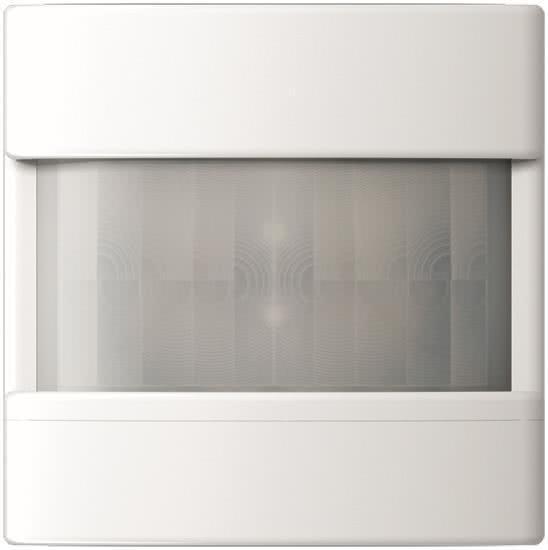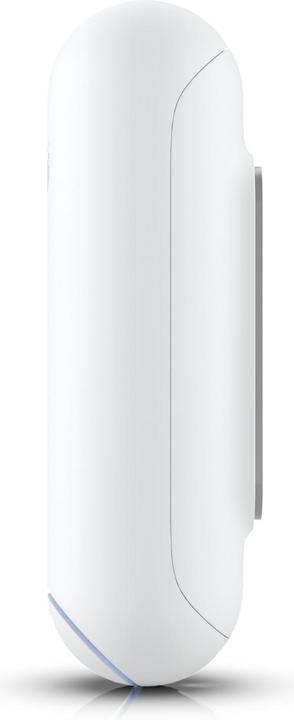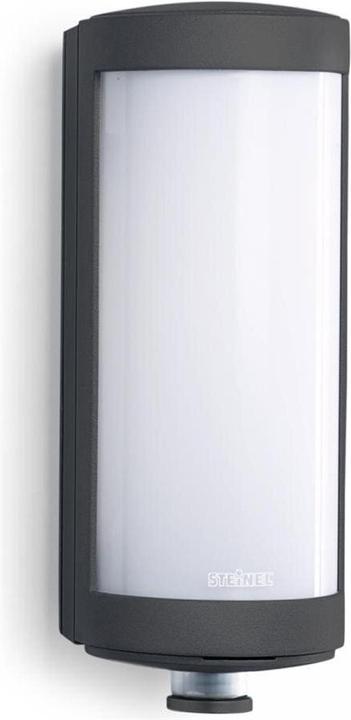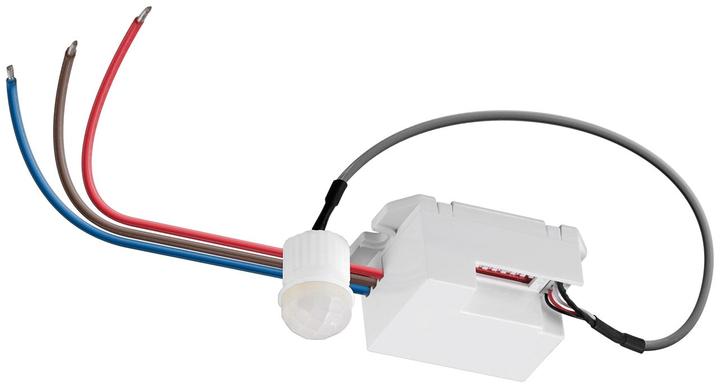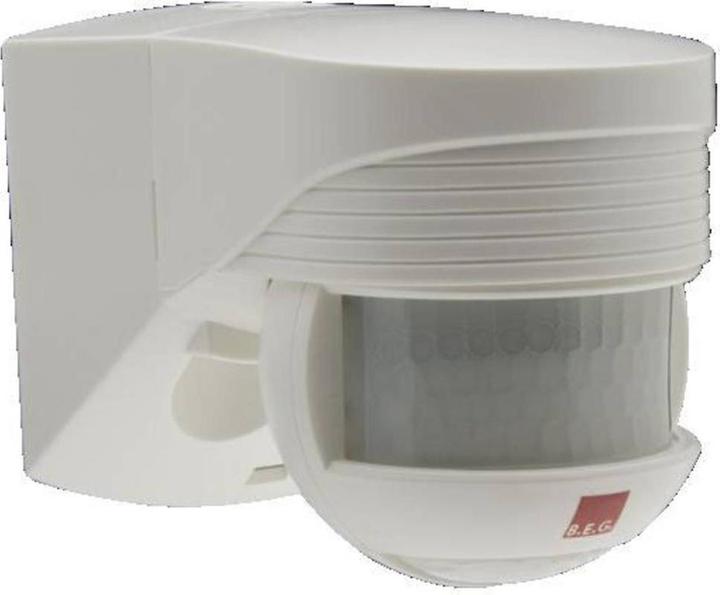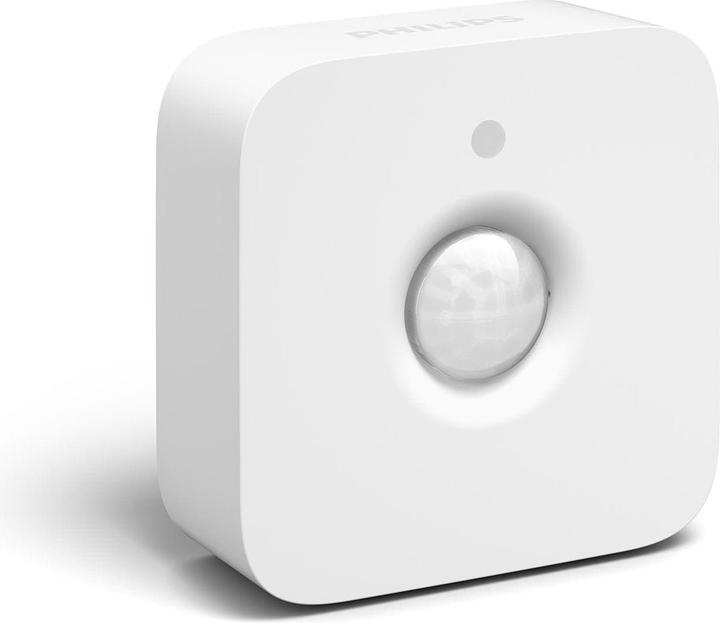
Too Many Motion Sensors? Here's How to Choose the Right One
Discover five essential factors to consider when selecting the perfect motion sensor for your needs.
Last updated 3 days ago. Automatically generated content.


Select options and limit the number of products
Motion sensor types determine how the sensor detects and responds to movement in its environment. Choosing the appropriate type is crucial for ensuring optimal functionality and performance based on specific needs or settings.
Popular options (you can select more than one)
Motion sensor
Typical price
61,– to 190,–Detects movement within a specified range using infrared, ultrasonic, or microwave technology.
Suitable for general security purposes, automatically turning on lights or alarms when movement is detected.
Bestseller
Presence sensor
Typical price
120,– to 210,–Utilizes advanced technology to detect occupants' presence and distinguish between stationary and moving individuals.
Ideal for energy efficiency applications, such as adjusting lighting or climate control based on occupancy.
Bestseller
The range of a motion sensor determines how far it can detect movement, impacting its effectiveness in different spaces. Choosing the right range is crucial for ensuring optimal performance and coverage in specific environments, such as small rooms or large open areas.
Popular options
Up to 10 m
Suitable for small spaces like offices or private rooms.
Provides focused detection in confined areas, reducing false alarms.
Bestseller
11 - 20 m
Ideal for medium-sized spaces such as living rooms or small retail areas.
Offers balanced coverage, ensuring effective monitoring without overextending the sensor's capabilities.
Bestseller
21 - 30 m
Best for large areas like warehouses or conference halls.
Ensures comprehensive coverage, capturing movement across expansive spaces efficiently.
Bestseller
The transmission type of a motion sensor determines how it communicates with other devices, affecting installation flexibility and connectivity. Choosing the right transmission type ensures compatibility with your existing smart home systems and influences the ease of integration and use.
Popular options (you can select more than one)
Wireless
Typical price
51,– to 190,–Uses radio frequencies to communicate without the need for physical cables.
Offers flexible placement options and is ideal for areas where running wires is difficult or undesirable.
Bestseller
Wi-Fi
Typical price
22,– to 85,–Connects to the home's Wi-Fi network for easy integration with smart home systems.
Allows remote monitoring and control via mobile apps, providing convenience and real-time updates.
Bestseller
Bluetooth
Typical price
100,– to 240,–Uses short-range Bluetooth signals for communication.
Ideal for close-proximity device connections, offering quick pairing and low power consumption.
Bestseller
ZigBee
Typical price
25,– to 68,–Employs a low-power, wireless mesh network for communication.
Suitable for smart home setups requiring reliable signal and energy efficiency, supporting a large number of devices.
Bestseller
The smart home ecosystem determines how a motion sensor integrates with other smart devices, impacting ease of use and automation capabilities. Selecting the right ecosystem ensures seamless interaction and control within your existing smart home setup, enhancing convenience and functionality.
Popular options (you can select more than one)
Google Assistant
Typical price
61,– to 180,–Works with Google smart home devices, enabling voice control and automation through Google Home.
Ideal for users with a Google-centric smart home, offering easy integration and broad compatibility.
Bestseller
Amazon Alexa
Typical price
51,– to 220,–Compatible with Alexa-enabled devices, allowing voice commands and routines via Amazon Echo.
Best for those with an Amazon-based smart home, providing extensive device support and flexibility.
Bestseller
Apple Home
Typical price
80,– to 180,–Integrates with Apple HomeKit, enabling control through Siri and the Apple Home app.
Perfect for Apple users seeking a secure and privacy-focused smart home experience.
Bestseller
IFTTT
Typical price
76,– to 160,–Supports If This Then That (IFTTT) for creating custom automations across different devices.
Great for tech-savvy users who want to tailor their smart home interactions beyond standard ecosystems.
Bestseller
Selecting the right brand for motion sensors is crucial as it impacts reliability, compatibility, and technological innovation. Brands like Philips Hue, Steinel, and Aqara offer varied features and price points, allowing customers to choose based on their specific needs and budget.
Popular brands (you can select more than one)
Philips Hue
Specializes in smart home lighting solutions and seamless integration with smart home systems.
Offers reliable motion sensors with customizable settings, ideal for smart home enthusiasts.
Bestseller
Steinel
Renowned for high-quality motion sensors with a focus on outdoor applications.
Provides robust and durable sensors, making them suitable for security purposes.
Bestseller
Goobay
Known for affordable motion sensors that deliver essential features without extra frills.
A practical choice for budget-conscious consumers seeking basic motion detection.
Bestseller
BEG
Offers professional-grade motion sensors often used in commercial settings.
Known for advanced detection technology, suitable for large-scale installations.
Bestseller
Aqara
Focuses on smart home devices with seamless integration into Apple HomeKit.
Provides cost-effective sensors with reliable performance for smart home setups.
Bestseller

